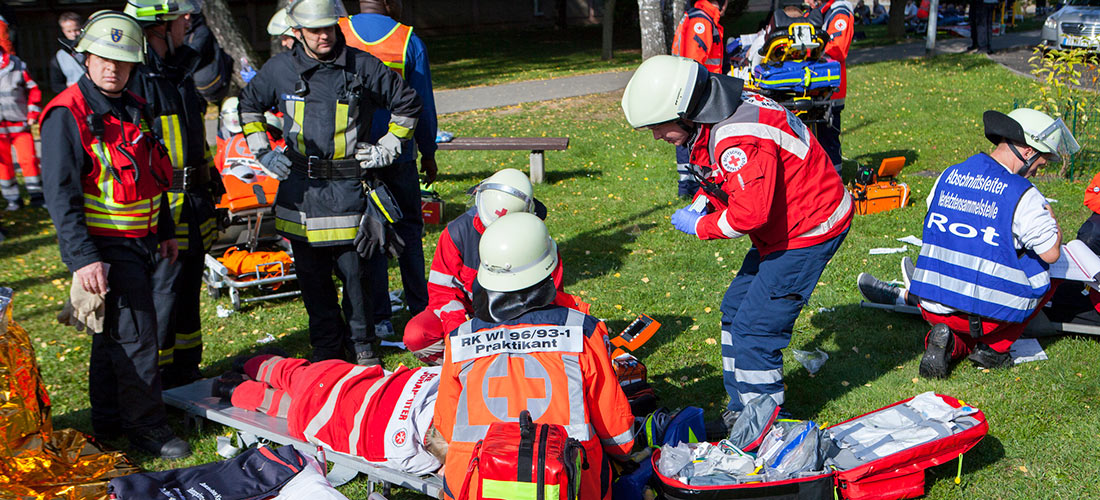Mass Casualty Response: 5 Ways to Help Save More Lives
By: Aorn Staff
Published: 4/6/2022
Mass Casualty Response: 5 Ways to Help Save More Lives

It happens when you least expect it. Maybe it’s an accident, an attack, or even a natural disaster in your community that changes a normal day in the OR to a mass casualty situation with dozens of patients needing immediate care.
How will you and your team respond?
This is the question emergency response experts from Beth Israel Deaconess Medical Center (BIDMC) in Boston want all perioperative professionals – along with their colleagues from the OR, PACU, ED and ICU to supply management, support services and C-suite – to feel confident answering.
To help perioperative nurses train in making these decisions, Meg Femino, BIDMCs senior director of emergency management and Jeffrey Keane, BSN, RN, CNOR, perioperative educator for BIDMC’s main OR will present a mass casualty response simulation at AORN’s Global Surgical Conference and Expo. The activity guides participants through mass casualty scenarios where you are asked to triage and treat patients.
“Simulation provides a no-fault learning environment that helps a group build their strength as a team. Running these simulations at the conference brings together such a varied group with their own experiences and strategies to share,” Keane says.
Based on their training and experience in a mass casualty response following the Boston Marathon Bombing in 2013, Femino and Keane identified five critical approaches to making decisions for a more effective mass casualty response:
- Understand that triage in a mass casualty response is dynamic and could change the moment one decision is made.
- Trust in your team and make decisions together, respecting everyone’s role and expertise to make the best decisions for patients.
- Be prepared to collaborate with colleagues across hospital departments because the walls come down in an emergency response. This is a good thing because resources (including staff with needed training) can move to help wherever needed.
- Think creatively for your patients. This could mean moving low-acuity patients to an Urgent Care station set up in your ambulatory center, or leveraging the critical care knowledge of recovery nurses to set up an ICU in the PACU.
- Understand how an emergency response command center works in order to ask for resources and escalate a concern to recruit support.
“It really comes down to knowing your role and responsibilities, as well as those of your colleagues in departments you wouldn’t normally interact with,” Femino says. Keane adds that mass casualties require an orchestrated response. If you don’t think about it ahead of time, “it’s going to be chaotic and you may not be making the right decisions that support the best approach to caring for patients.”
Ready to test your skills in a mass casualty response? Make plans to arrive early for one of Femino and Keane’s mass casualty simulations on Monday, March 26 and Tuesday, March 27 at the conference.
Additional Resource
Learn more from Femino and Keane about responding to an OR evacuation during a presentation Sunday at the conference.

